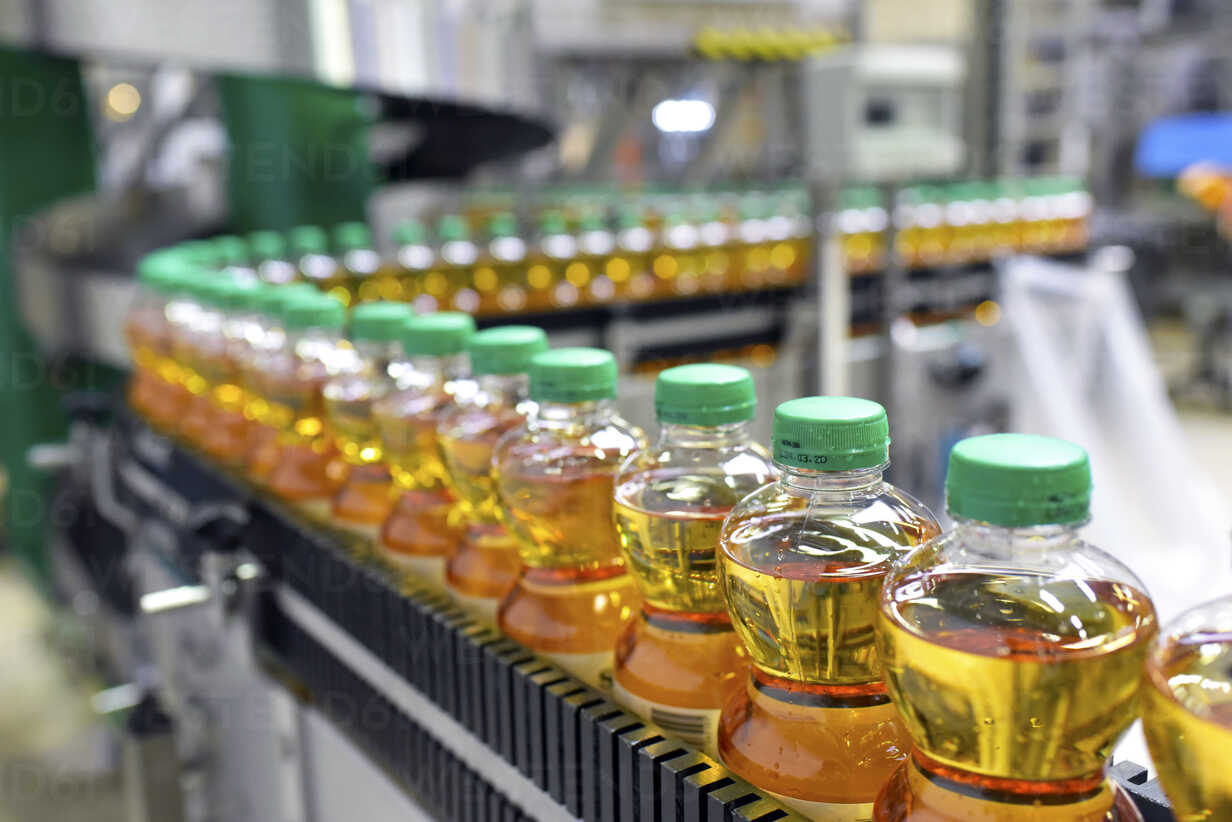Tea is an agricultural product and factors such as temperature, sunlight, soil, cultivation technology, and processing technology will all affect the stability and consistency of its quality. When tea is used as the raw material for the production of tea beverages, the instability of raw material quality will directly affect the quality stability of tea beverages. In the beverage production process, the preparation technology of tea extract is the key to the production of tea beverages, especially pure tea beverages (sugar-free), whose color, aroma, and taste are the important basis of tea beverages.
The machine adopts a programmable logic controller (PLC) to control the automatic operation of the machine. The incoming bottles are fed by a wind-feeding device and the output bottle chain path is speed-adjustable, which cooperates with the frequency converter of the main machine to make the operation of the outgoing bottles more stable. Photoelectricity detects the running condition of each component. So the high degree of automation, easy to operate, is the ideal equipment for beverage manufacturers.

The main features of the tea beverage filling production line are.
1. Compact structure, perfect control system, easy to operate, and a high degree of automation.
2. The parts in contact with materials of this series of filling machines are made of imported high-quality stainless steel, have no process dead corner, easy to clean.
3. The beverage filling machine adopts high precision and high-speed quantitative filling valve, the liquid level is accurate without liquid loss, ensuring excellent filling quality.
4. The capping head adopts a constant torque device to ensure the quality of capping.
5. The filling machine adopts an efficient cap management system with perfect cap feeding technology and protection devices.
6. The bottle shape can be changed without adjusting the height of the machine, by changing the star wheel, which is easy and convenient to operate.
7. The filling system adopts the technology of bottleneck feeding to avoid secondary contamination of the bottle mouth.